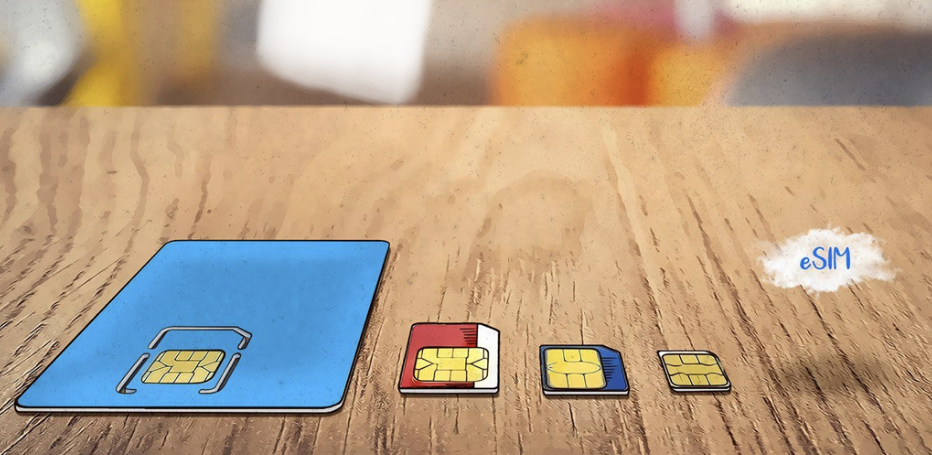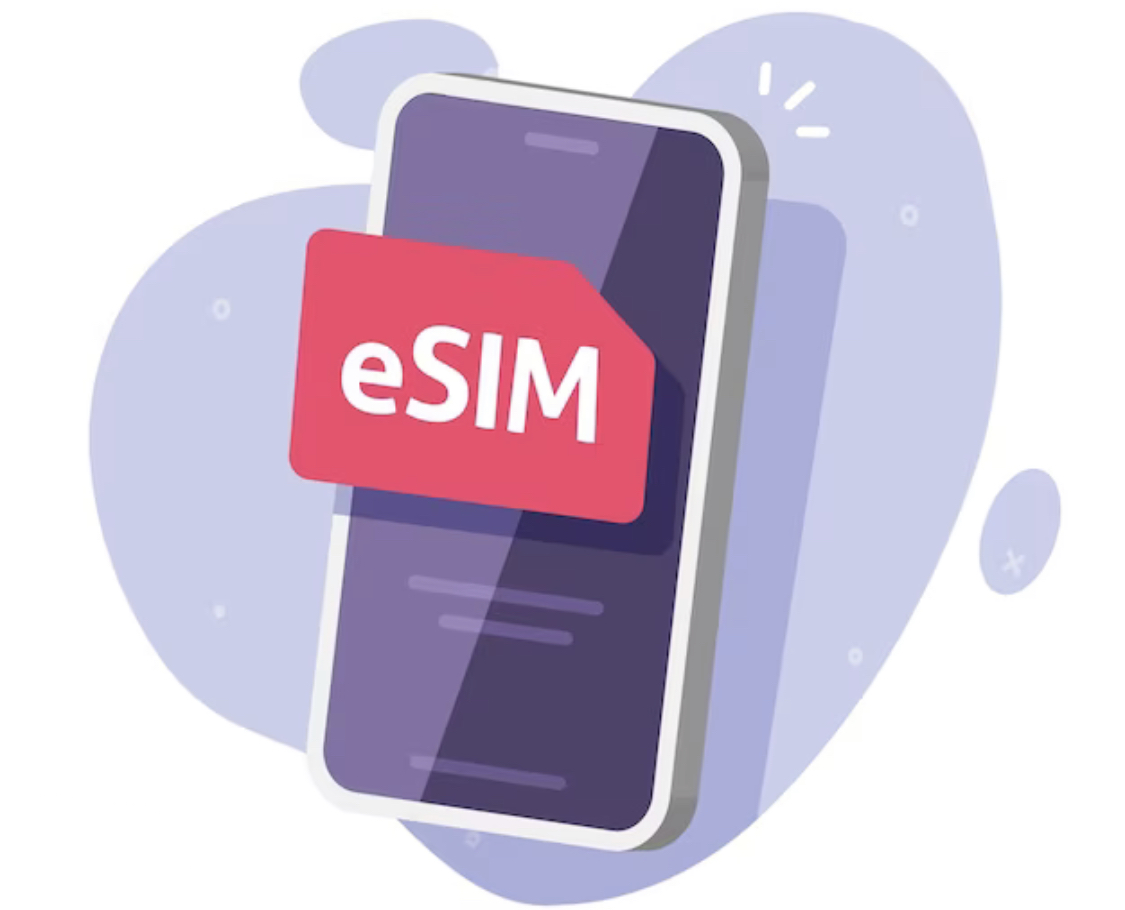AIRTEL ZAMBIA INTRODUCES THE ESIM: everything you need to know!
Posted by Tehillah Mwakalombe on 22nd Jun 2023
Airtel Zambia recently introduced eSIM services to its customers, allowing them to use a digital SIM card instead of a physical one. This new technology is gaining popularity around the world, and Airtel's move to bring it to Zambia is definitely a step in the right direction! In this blog we’ll look at everything you need to know about the esim.

What is an eSIM?
An eSIM, or embedded SIM, is a digital SIM card that is embedded in a device's hardware. It works in the same way as a physical SIM card, but it does not need to be removed or inserted into a device. Instead, it is downloaded and activated over the air, making it easy and convenient to use.

Advantages of eSIMs
One of the biggest advantages of eSIMs is convenience. With an eSIM, you no longer need to carry around a physical SIM card or worry about losing it. You can easily switch between multiple mobile plans without having to physically swap SIM cards. eSIMs also offer greater security than physical SIM cards. Physical SIM cards can be easily lost or stolen, but eSIMs are protected by encryption and can be remotely deactivated if they are lost or stolen.
Another advantage of eSIMs is that they are more environmentally friendly than physical SIM cards. Physical SIM cards require the use of plastic and other materials that can harm the environment, but eSIMs are digital and do not require any physical materials.
Disadvantages of eSIMs
One of the disadvantages of eSIMs is that they are not yet widely supported by all devices. Some older devices may not be compatible with eSIMs, and some network providers may not yet offer eSIM services. Another disadvantage is that eSIMs can be more difficult to set up than physical SIM cards. The process of downloading and activating an eSIM can be complicated, and some users may find it confusing.

How to set up an eSIM
To set up an eSIM, you will need to have a compatible device and a network provider that offers eSIM services, in this case it’s Airtel. You will also need to have an activation code, which you can get from your network provider. Once you have the activation code, you can follow the instructions provided by Airtel to download and activate the eSIM. This process may vary depending on your device, but it generally involves scanning a QR code or entering a code manually.

How to know if your phone supports eSIM
To find out if your phone supports eSIM, you can check the specifications of your device or contact your device manufacturer. Some common devices that support eSIMs include the iPhone XS and newer models, the Google Pixel 4 and newer models, and the Samsung Galaxy S20 and newer models.
In conclusion, Airtel's introduction of eSIM services in Zambia is a positive step towards this new technology. While eSIMs offer many advantages over physical SIM cards, they are not yet widely supported by all devices and can be more difficult to set up. However, as more network providers and device manufacturers begin to offer eSIM services, we can expect to see more of this convenient and environmentally friendly technology.

